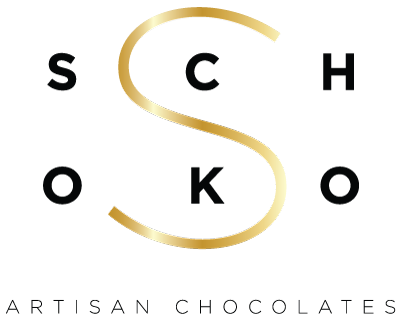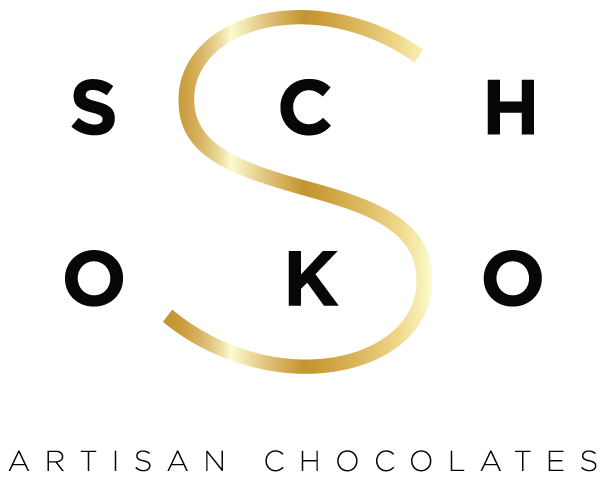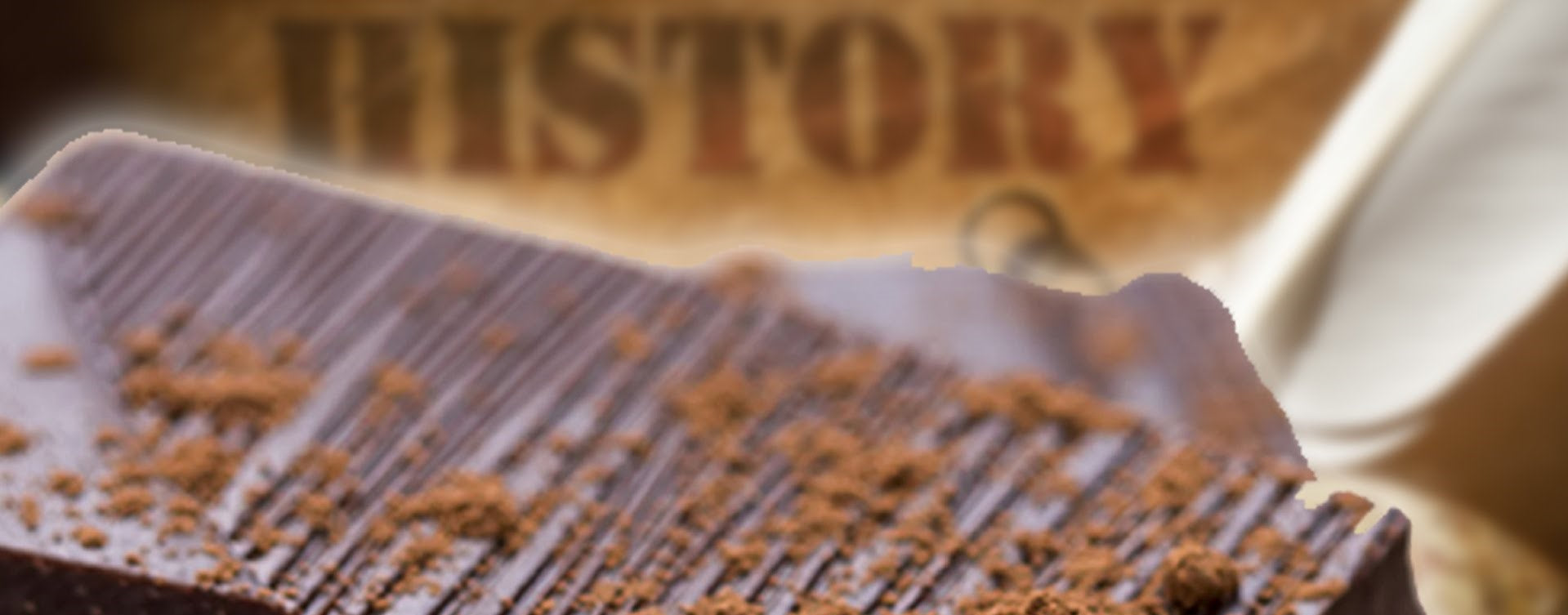Although the Theobroma cacao (tree that produces cocoa beans) must have been around long before any documentation of it ever being consumed, the first being around 1900BC with the Mokaya people of Mexico, it wasn’t until only a few hundred years ago that the chocolate that we know today started to develop.
The first ‘recipe’ I could find was a simple one from the Olmec people (1500BC – 400BC) who only prepared it as a drink, they crushed the cocoa beans and it was served as a bitter, frothy liquid, mixed with spices, chilies, herbs, wine or corn puree.
Around 600BC the Mayans started to cultivating cocoa as well, then followed the Aztecs somewhere about the time of 400AD. To different cultures the cocoa bean meant and was used for a lot of different things, some was a tool of worship, used as currency, or used in ceremonies – but I’m not going to get into that today...
The first ‘recipe’ I could find was a simple one from the Olmec people (1500BC – 400BC) who only prepared it as a drink, they crushed the cocoa beans and it was served as a bitter, frothy liquid, mixed with spices, chilies, herbs, wine or corn puree.
Around 600BC the Mayans started to cultivating cocoa as well, then followed the Aztecs somewhere about the time of 400AD. To different cultures the cocoa bean meant and was used for a lot of different things, some was a tool of worship, used as currency, or used in ceremonies – but I’m not going to get into that today...
Columbus was the first European in cacao’s history in 1502. In his fourth voyage to the Gulf of Honduras, the natives gave him the drink xocoatl. Columbus took some cocoa nibs back to Spain with him but it wasn’t until 1528 when another explorer Hernando Cortés brought back some more nibs to establish the plant in Spain.
By 1580 the Spaniards had turned the nibs into a drink not too different to what was being consumed by the people of Mesoamerica or Mexico many years before them. It became very popular amongst the higher classes of Spain.
Chocolate spread across the rest of Europe in the 1600’s as sugar became more easily available and cheaper. Chocolate was still only affordable to the more fortunate but those who could get their hands on it were mesmerized.
By 1765 the chocolate had spread the world with chocolate-makers popping up in France, Spain, and America. At the same time, the Industrial Revolution was happening, making it easier and cheaper to produce the chocolate, only helping it spread its goodness onto the world.
An important name in regards to the chocolate we know today is Coenraad van Houten, a Dutch chemist, who in 1815 managed to reduce the bitterness of chocolate by introduced alkaline salts. Then in 1828, he was able to remove about half the cacao butter from chocolate liquor, by using a press he created, which made chocolate both cheaper to produce and more consistent in quality.
Then, using this technology Joseph Fry was able to make a solid chocolate in 1847 by adding the melted cacao butter back into the proceed chocolate. Then a few years later in 1875, Daniel Peter invented milk chocolate by mixing Henri Nestlé’s powdered milk with the chocolate liquor. In 1879. Rodolphe Lindt took chocolate to the next level with the invention of the conching machine which improved the texture and taste of chocolate.
This is how the chocolate that we know and love had its start. Since then chocolatiers around the world have been trying to perfect their skills and are continuously raising the bar in terms of the quality of chocolate that is on offer. We look forward to seeing what the next 100 years have in store for our beloved chocolate.
For further information on chocolate, what we are doing with our beloved chocolate and how to get your hands on some, sign up for our newsletter.



